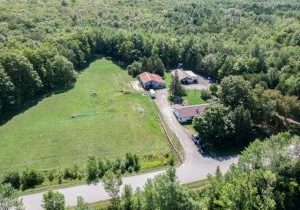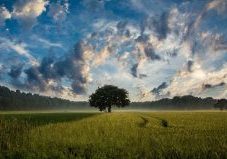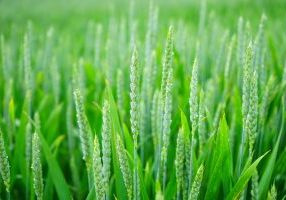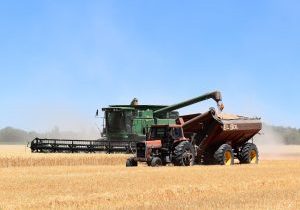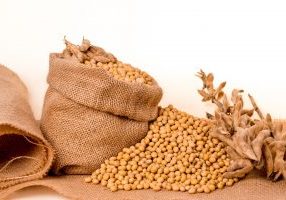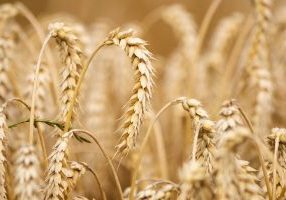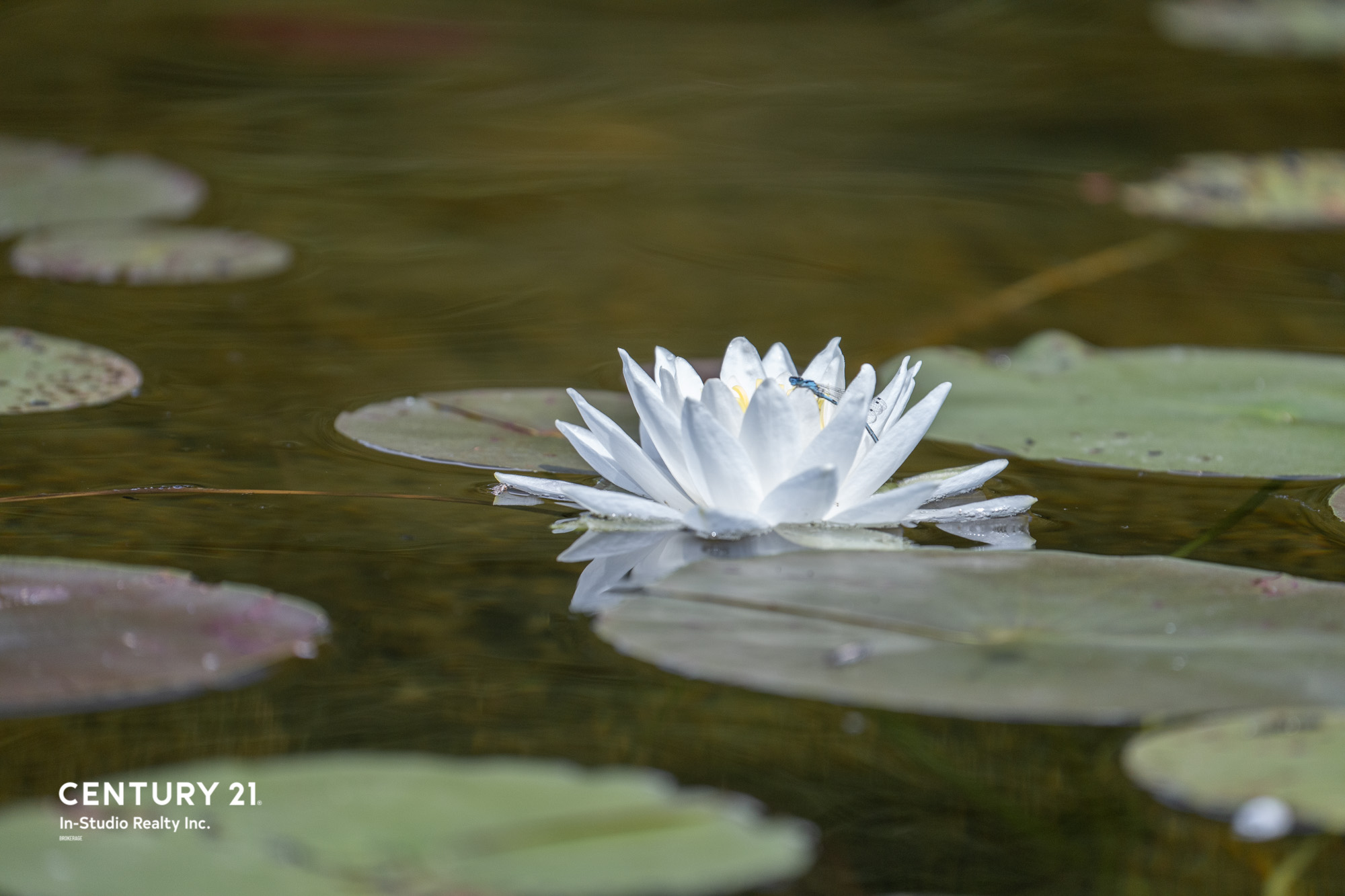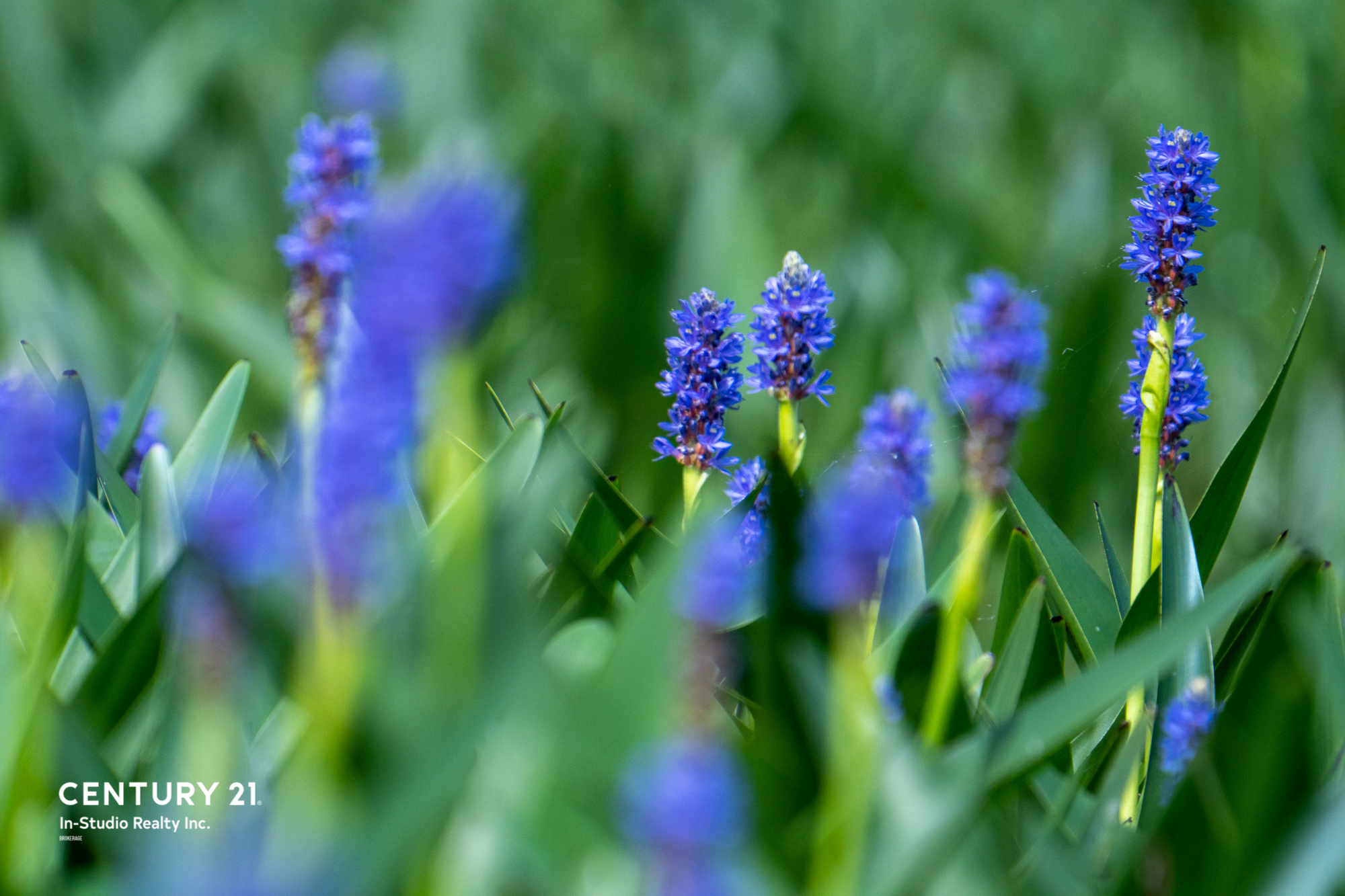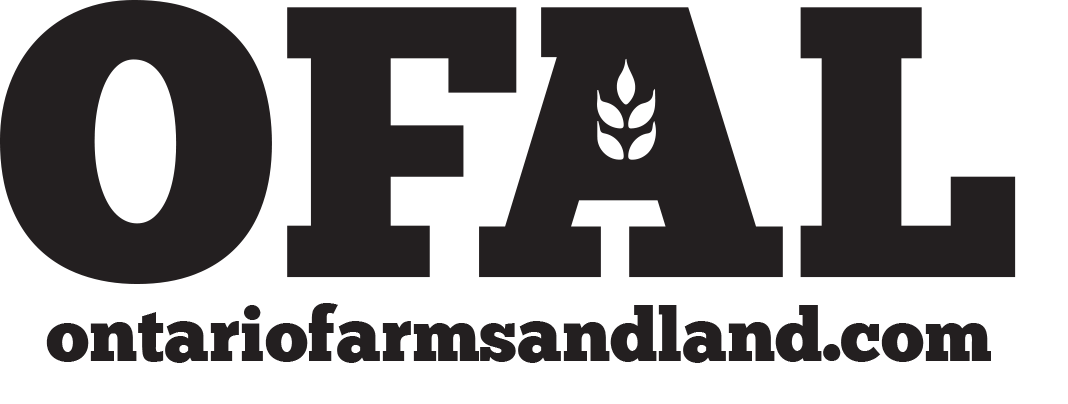Buy Fresh. Support Local. Thank You!
The Parry Sound and Nipissing regions are located in Northeastern Ontario, in close proximity to the Algonquin Provincial Park.
The Nipissing region borders on Muskoka, the French River, and Lake Huron, with a population of over 42,000 and spanning an area of 9,323 km2. The primary agricultural productions include cattle and maple syrup. The maple syrup production is celebrated through the Maple Syrup Festival, held in April, and draws thousands of visitors to the region to join in the festivities of this naturally sweet resource.
The Nipissing region is also in close proximity to Algonquin Park, as well as Sudbury, and borders on Lake Nipissing. It spans an area of 17,065 km2 and has a population of over 80,000 people. The primary agricultural production is cattle, with hay following suit shortly thereafter. While most of the land in the region is considered non-agricultural, the region continues to utilize its resources, and produce a large amount of revenue through the agricultural sector.
There are many markets and supports for new farmers to utilize in getting started in the region, as agriculture continues to be the main sector. Additionally, with proximity to Muskoka, the beautiful landscapes and agri-tourism have drawn out visitors to explore this region further.
Find Your Dream Farm For Sale In Parry Sound Nipissing
Local Parry Sound Nipissing REALTORS® Specializing In Farms & Land
Local Resources in Parry Sound Nipissing
Farmers Markets
In addition to local, seasonal, in-person farmers’ markets, the region offers more opportunities to connect with consumers. Through Crop Up North, agricultural producers can market their products online and through co-ops, as well as find local food buyers, including Sudbury Good Food Box, Muskoka North Good Food Co-Op, and Radical Gardens Market. Additionally, there are branding initiatives to further develop farmer consumer bases, including Savour Muskoka and Buy Algoma. Buy Fresh. Check out the farmers’ markets in the region for some examples of year-round and seasonal farmers’ markets below:
- Parry Sound Summer Market, Parry Sound
- Carling Market, Carling
- North Bay Farmers’ Market, North Bay
- Powassan Farmers’ Market, Powassan
Veterinary Clinics & Hospitals
Whether you have big or small animals and concerns, you and your farm will be well taken care of with years of expertise in your area! There are many options for veterinary care, including clinics and hospitals with emergency care throughout the Parry Sound Nipissing region. See below for a list of the larger veterinary clinics and hospitals in the area:
- Cottage Country Animal Clinic, Parry Sound
- Parry Sound Animal Hospital, Parry Sound
- North Bay Animal Hospital, North Bay
- Springer Animal Hospital, Sturgeon Falls
Agriculture Supply Shops
There are primarily local small businesses to service the Parry Sound and Nipissing region’s agricultural supply need. Between local support and proximity to larger city amenities with larger chains, you’ll be able to maintain and set your farm up for success! Whether you’re looking for feed suppliers, tools, heavy-duty farm equipment, or service, you’ll find it here. See below for a few great shops to get you started:
- Krause Farms Food & Feed, Powassan
- Trout Creek Feed Store, Trout Creek
- Groulx Equipment, Astorville
- Ideal Supply Inc., Parry Sound
Auctions
There are some resources available for auction and appraisal services within the Parry Sound Nipissing region. If you’re looking for more specific supports, there are many resources in neighbouring counties that can assist you further in your search for a good deal! See the list below to check out a few of the auctions in the region:
- Oley’s Auctions, Powassan
- Northern Auction Sales, Sundridge
- Kidd Family Auctions, Melancthon
Urban Centers
- North Bay has a population of over 51,000 and is located on Lake Nipissing where it gets its namesake. It is a great balance of larger city living, with great access to outdoor activities and a small-town community.
- Located on Parry Sound's body of water, the town has a population of over 6,000 and is surrounded by beautiful landscape.
Transportation & Logistics
Transportation
o Public transit via bus throughout the North Bay region
- Parry Sound to Toronto – 242 km
- North Bay to Toronto – 357 km
Logistics
Parry Sound Nipissing Farming
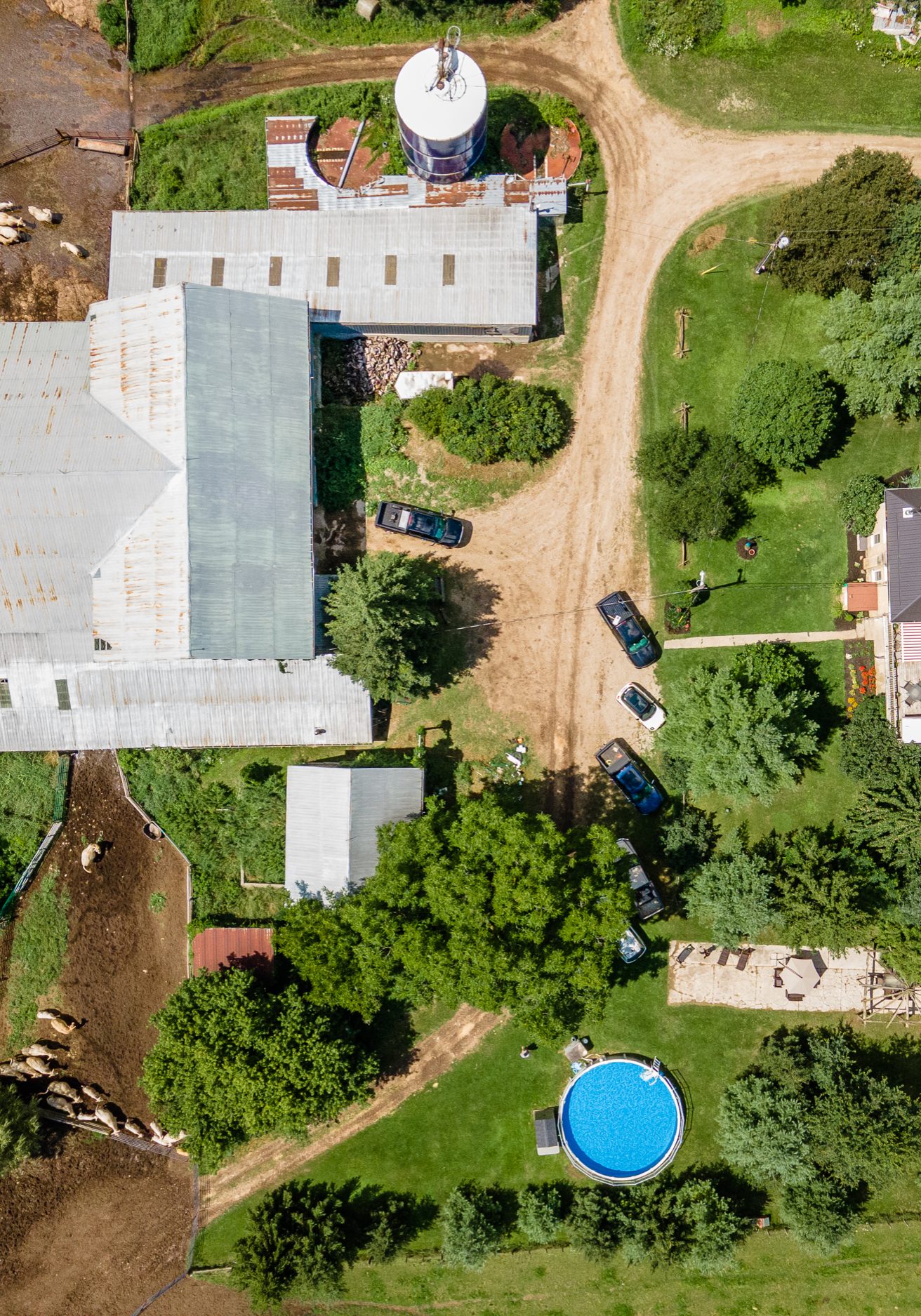
The most common livestock farming throughout the Parry Sound and Nipissing region is beef and cattle farming, with a combined 13,675 hectares of farmland use and nearly 10,000 cattle and calves in 2011.
The Parry Sound region previously achieved $6.2 million in farm cash receipts, with $1.2 million in maple syrup alone, and $600,000 in hay and clover in 2016. There are 252 farms within the region, with hay, oats, corn, and mixed grains the primary field crop grown.
Similarly, the Nipissing region previously produced farm cash receipts totaling $11.3 million in 2016, with $1.3 million in cattle and calves. The region is home to 218 farms, producing barley, canola, soybeans, and corn, with grain elevators located nearby.
The East Nipissing – Parry Sound Federation of Agriculture represents the interests, opinions, and concerns of local farm families throughout the area alongside the Ontario Federation of Agriculture in an effort to improve the agricultural sector throughout the region, as well as provincially.
Additionally, there are a variety of other organizations for support and networking opportunities, such as the East Nipissing Parry Sound Dairy Producers Committee, Farm Start, and the Parry Sound Nipissing East Soil & Crop Improvement Association. Most notably, Farm Start is a new organization, assisting farmers in starting a new agricultural operation in Northern Ontario by providing funding, mentorship, and a variety of workshops to set farms up for success. Further supports can be found at Crop Up North that connects farmers, as well as a platform with resources to market produce and agricultural products within the region.
Within the Parry Sound Nipissing region, there are many conservation areas including the North Bay-Mattawa Conservation Authority and the Georgian Bay Mnidoo Gamii Biosphere. Both protected areas offer educational programming and resources as well as foster sustainable, protected practices to preserve the natural habitats within the area while allowing residents and visitors to experience all the region has to offer.
Soil
The soil composition within the Parry Sound and Nipissing region is made up of sandy loam, silt loam, muck, and peat. Within the Parry Sound region, the soil is primarily made up of humo-ferric podzol soils that are highly acidic. The deeper soil pockets with silt loam are considered ideal agricultural soil for the region. Similarly, the Nipissing soil is considered stony, thin, highly acidic, and well-draining, with 80% of the land reported as non-agricultural land. Soil maintenance is a high priority here, with many soils requiring treatment, namely incorporating lime, to be more suitable for agricultural purposes and to continue producing high yields.
Weather
The weather in the Parry Sound and Nipissing region is comfortable, with winter temperatures averaging around -15°C, rarely getting colder than -26°C. Summer temperatures average around 25°C, rarely surpassing 29°C. The average rainfall for the area ranges between 9 mm to 80 mm month over month, with an average snowfall of 213 mm in January. The longest days have roughly 15 hours 48 minutes of sunshine, with the shortest days welcoming 8 hours and 36 minutes of daylight in the winter.
There are an estimated 5.1 months of the growing season from May 5 to October 8 annually.
Water & Air
With a variety of water sources, including nearby lakes and rivers, the water quality throughout the Nipissing Parry Sound area meets all health testing standards. Water throughout Parry Sound and North Bay are provided by the municipalities and are tested regularly, in North Bay they’ve recently built a new water treatment plant with the newest technology. Water within the more rural areas may require private wells to sustain residents.
The air quality in the Parry Sound and Nipissing region is rated as good and low risk.
Animals & Insects
There are many animals found throughout the Parry Sound Nipissing region. A few notable animals include black bears, moose, deer, beavers, porcupine, wild turkeys, and raccoons. Vital insects found in the area include pollinators like different butterflies and moths. There are more than 40 types of fish found in the area, from lake whitefish, herring, suckers, sheepshead, and a variety of bass.
Read Our Latest Blogs
Discover Neighbour Farming Communities to Parry Sound Nipissing
ONTARIO FARMING COMMUNITY PAGES
On our community pages, you'll find a wide variety of local information and resources.


